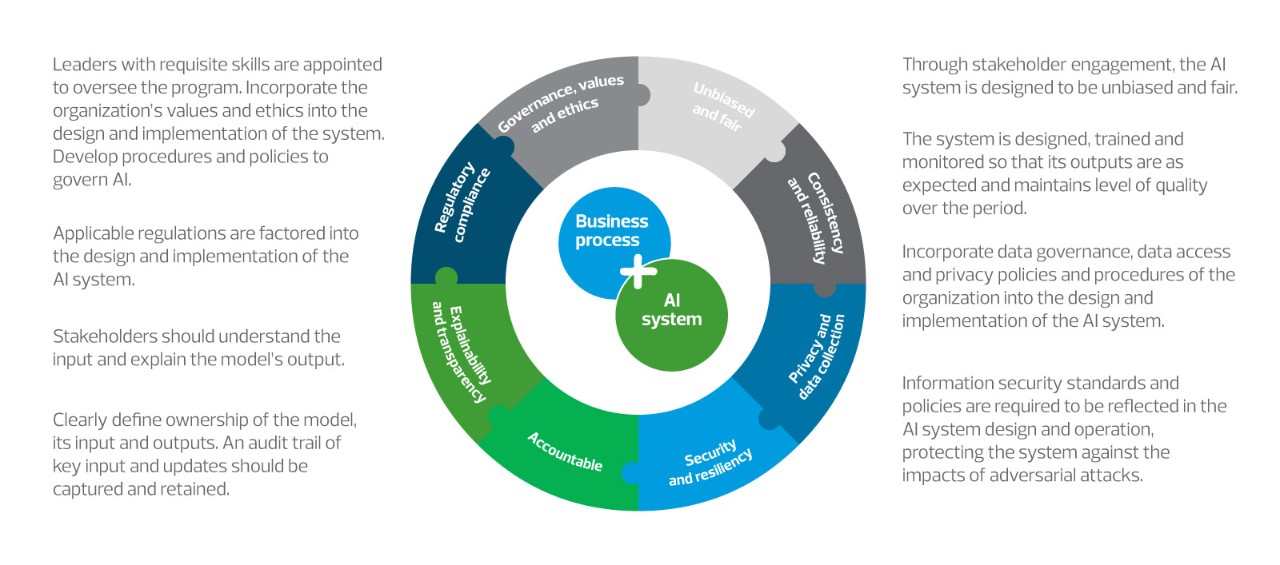Labor challenges in health care will persist.
Key takeaways
Generative AI may provide some relief.
AI governance and literacy are key to successful adoption.
Health care organizations will continue to experience economic headwinds for the remainder of the year and into 2024. Prevalent labor challenges will add to uncertainty.
Recent data from the American Association of Colleges of Nursing shows registered nursing and bachelor of science in nursing enrollment figures for the 2022−23 school period dropped by 16.9% compared to the prior enrollment period. The number of physicians is expected to decrease as well; the Association of American Medical Colleges projects a shortage of 37,800 to 124,000 doctors by 2034. Contributing to this decline, four out of 10 physicians will retire by 2034, according to the AAMC.
Meanwhile, the U.S. population is expected to grow 7% by 2034, with the number of people over 65 increasing by 25%, according to the U.S. Census Bureau. The need for physician services and overall health care will likely continue to increase as Americans age.
TAX TREND: Remote workforce
Many health care organizations are expanding their labor pool by accommodating workers’ preferences for remote or hybrid arrangements. Organizations that hire workers across state lines need to understand the corresponding tax obligations to comply with jurisdictional laws and accurately measure the return on this investment in labor.
Learn more: 5 signs your compensation and benefits packages need an overhaul
Is generative AI the answer to the labor challenge?
Health care providers and the systems that support them are at a crossroads. How can they meet future demand amid a decreasing workforce? Some are looking to emerging technology solutions, such as generative artificial intelligence, to address pervasive challenges.
To that end, organizations should identify specific processes and care solutions for which technologies could be safely implemented. Streamlining the prior-authorization process by automating the collection and review of patient data to enable timely care for individuals, providing remote patient monitoring by reducing or predicting adverse events like a fall in a hospital setting, and enhancing the patient messaging experience by assisting a physician with generating a tailored response are a few examples. However, careful evaluation and organizational AI literacy are key to adoption, risk mitigation and effectiveness.
In addition, a comprehensive governance framework at the enterprise level is essential. The following diagram outlines the key considerations health care organizations should address when implementing an AI governance strategy.

Technology giants with generative AI capabilities continue to announce partnerships with major electronic health record software companies to implement generative AI solutions for various hospitals across the nation. However, before adopting these new offerings, strategic health care organizations should promote awareness and enhance AI literacy among their workforce. Strategies could include implementing an educational program focused on the benefits, risks and ethical implications of using generative AI in health care; providing access to AI-powered clinical decision support systems for hands-on learning experiences; and ensuring the latest developments in generative AI technology are communicated to the workforce.
TAX TREND: Generative AI
For-profit health care organizations may develop generative AI software themselves or license it from a third party. The tax and accounting implications of each approach will factor into overall cost-benefit analyses.
A business that licenses software usually deducts each year’s license expense from its taxable income in that taxable year. Conversely, the tax treatment of software development expenses became less favorable in 2022 when a law change took effect.
The takeaway
While executives on the midyear earnings calls of technology-focused health care providers acknowledged that emerging technologies will be a tailwind to help meet the growing demand for service, ensuring awareness and acceptance among the organizational workforce is key to the future success of these solutions, including generative AI.



